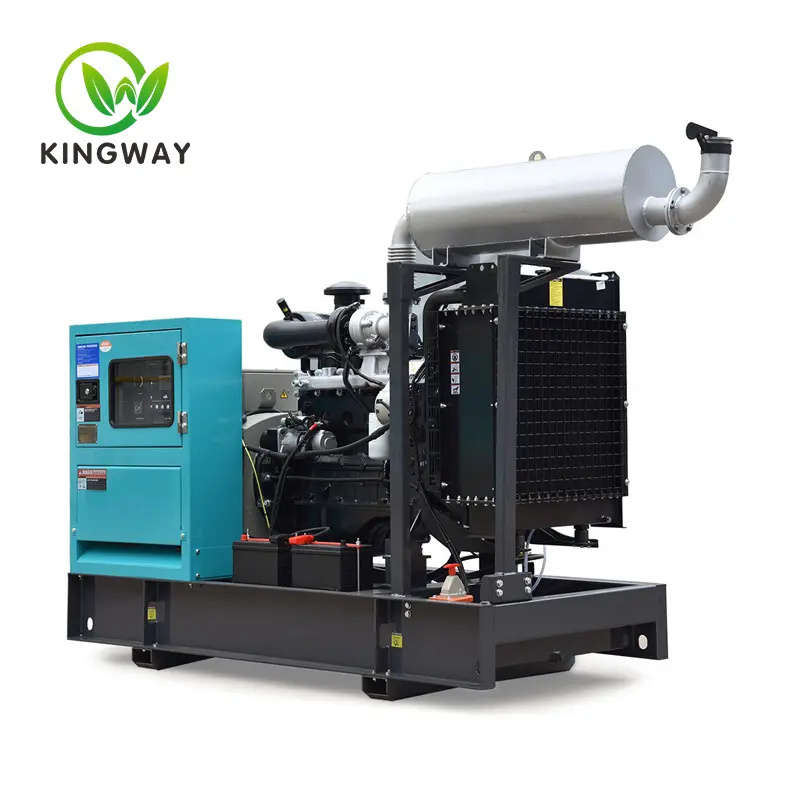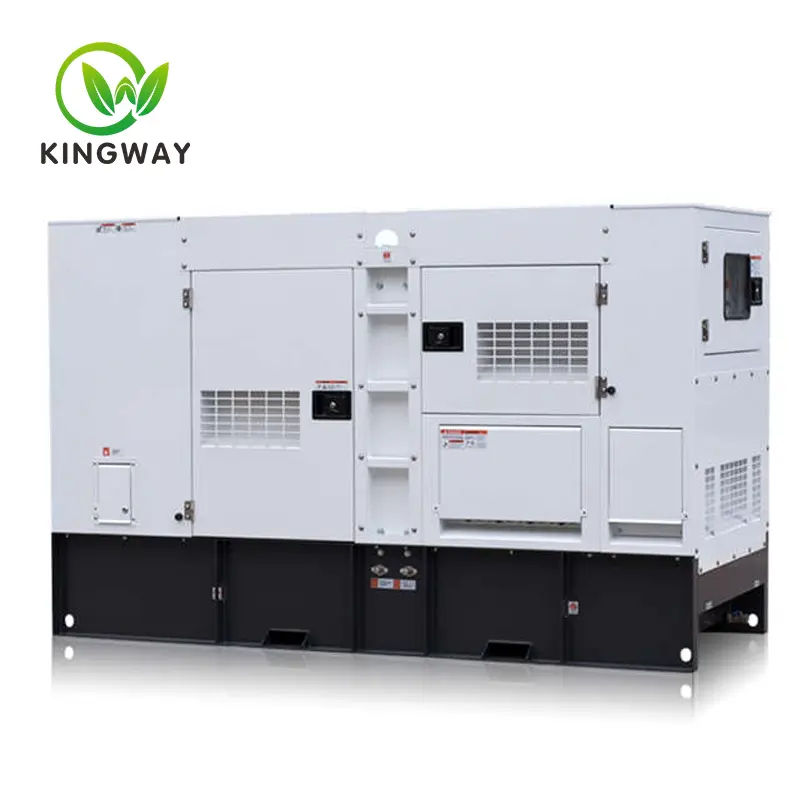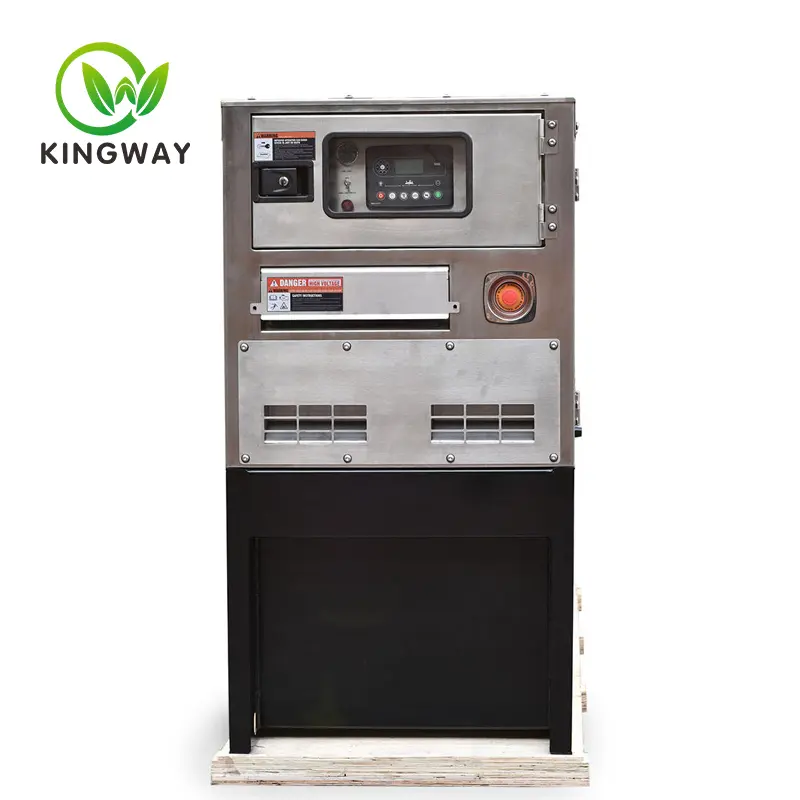How is the energy storage of mobile power vehicles implemented
The energy storage of mobile power vehicles is mainly realized through batteries. A battery is a device that converts chemical energy into electrical energy, the most common of which is lithium-ion battery.

Lithium-ion batteries used in mobile power vehicles are generally composed of multiple cells. Each cell is connected by a separator wrapped with positive and negative materials. The cathode material generally uses oxides, such as lithium cobalt oxide, lithium manganate, etc., and the negative electrode material commonly uses graphite.
The energy storage process of lithium-ion batteries can be simply divided into two stages: charging and discharging. When charging, the power source passes electricity through the positive electrode of the battery, causing lithium ions to shuttle between the positive and negative electrodes. At this time, lithium ions detach from the positive electrode, are transported to the negative electrode through the ions in the electrolyte, and are embedded in the graphite of the negative electrode material. At the same time, the positive ions in the electrolyte in the battery also move to maintain electrical neutrality between the electrodes.

When the stored electrical energy is needed, current enters the device from the negative electrode, and lithium ions move conversely from the negative electrode into the electrolyte between the positive electrodes and then back to the positive electrode material. During this process, the movement of lithium ions causes the flow of electric current and releases the stored electrical energy.
The battery energy storage of mobile power vehicles also needs to consider some key indicators, such as battery capacity and voltage. Capacity refers to the electrical energy that a lithium-ion battery can store and release, generally measured in ampere-hours (Ah). The voltage is the potential difference of the lithium-ion battery's electrical energy. Generally, DC voltage is used, such as 3.7V, 7.4V, etc.
In mobile power vehicles, in order to achieve efficient energy storage and discharge, the support of a battery management system (BMS) is also needed. BMS is a device responsible for monitoring and managing the battery pack, which can ensure the safety of the battery, extend its life and improve energy efficiency.

BMS mainly includes temperature sensors, current sensors, voltage sensors and control chips. The temperature sensor is used to monitor the temperature of the battery pack to avoid overheating or overcooling; the current sensor is used to detect the charge and discharge current of the battery pack to ensure that the current is within a safe range; the voltage sensor is used to monitor the voltage of the battery pack to ensure that it is not overcharged Or overdone. The control chip is responsible for collecting sensor data and managing and controlling the battery through algorithms.
In addition, in order to improve the energy storage efficiency of lithium-ion batteries, optimal control of battery charge and discharge is also required. For example, constant current charging and constant voltage charging can be used during charging, and the discharge current and voltage can be adjusted according to needs during discharging. By reasonably controlling the charge and discharge process, the energy conversion efficiency of the battery can be maximized and the service life of the battery can be extended.

Generally speaking, the energy storage of mobile power vehicles is achieved through lithium-ion batteries. These batteries store electrical energy and release it when needed. Through the support of the battery management system, the safety and performance of the battery can be ensured. At the same time, by optimizing the charge and discharge control, the energy storage efficiency can be improved and the battery life can be extended. The continuous development and innovation of energy storage technology will further promote the development and application of mobile











